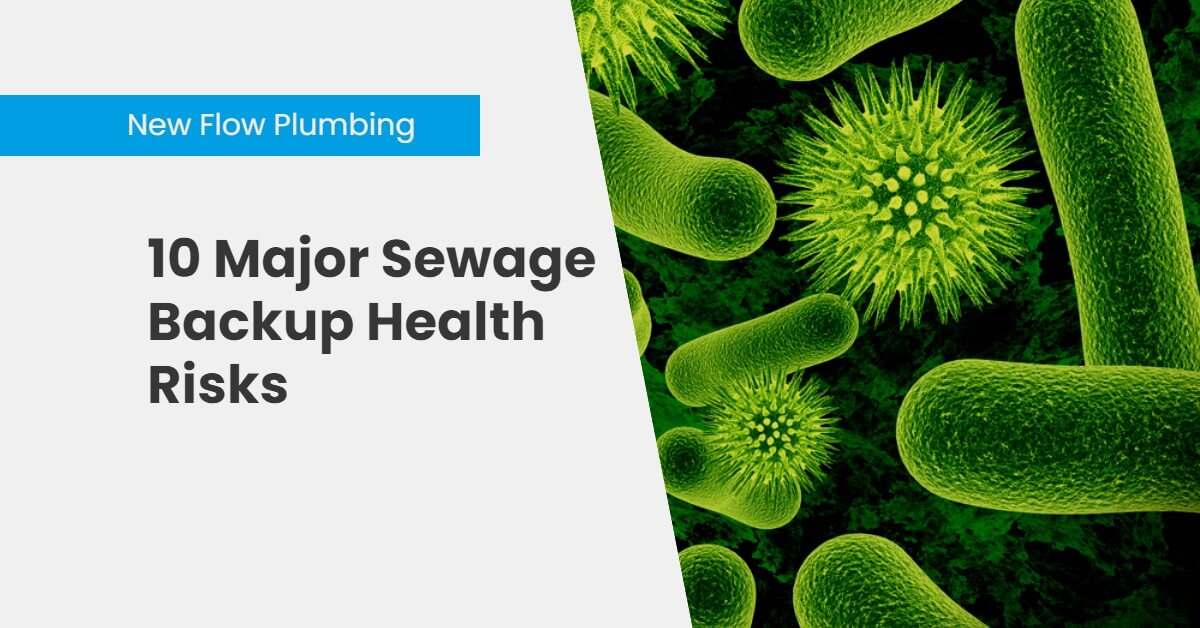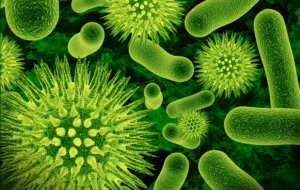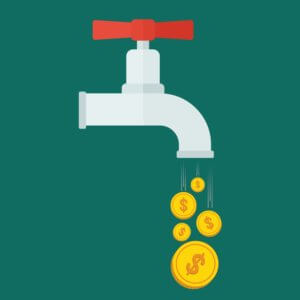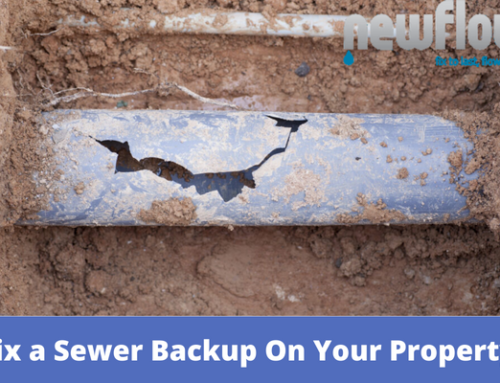10 Major Sewage Backup Health Risks
Are you aware of sewage backup health risks? Do you know what happens when you’re exposed to sewage? This article will go over what sewage contains, diseases that come from exposure, and how to properly fix a sewage backup. Follow along!
Read also – How to get rid of sewage smell
What’s In Sewage Backup?
Sewage can contain any of the following:
According to the National Resources Defense Council, there are more than two million reports of illnesses caused by sewage every year.
Read more about – When is the city responsible for sewer backups
10 Sewage Backup Health Risks
These are 10 health risks associated with sewage backup exposure.
How To Fix A Sewage Backup
There are multiple ways to fix sewage backups.
Pipe Lining (Trenchless)
A unique, epoxy-impregnated liner is inserted into the old pipe and inflated. This creates a new pipe inside the old one. Pipe lining can be considered replacement or repair depending on whether the whole pipe length will be lined or just a section.
If only a section of pipe (a spot repair) is lined, it is considered a repair. If you line the whole pipe from start to finish, it is basically like getting a brand new pipe installed (aka replacement).
Pipe Bursting (Trenchless)
Pipe bursting is where a new HDPE (high-density polyethylene) pipe is attached to a winch with a cone-shaped bursting head and pulled through the damaged line. The damaged pipe breaks apart as the new one takes its place.
Note: Sometimes, a drain pipe is so severely damaged that no trenchless method is viable. Plumbers cannot use trenchless technology on pipes that are back-pitched, which means that the original contractors failed to use the proper slope for your sewer line to your city connection. Also, if the pipe has collapsed onto itself, you will have to go the conventional trenching route.
How Much Does It Cost To Fix A Sewage Backup
Trenchless sewer repair can cost anywhere between $4,000-$15,000 for the average single-family home. Jobs range from a few feet of repair to hundreds of feet, changing the pricing per amount of needed work. There will always be a base cost starting at permits, contractor mobilization, project minimums, and then prices move on from there.
Conventional sewer repair, on average, costs $50 to $450 per linear foot. The price to install brand new pipes throughout your home or yard could run to $15,000 because of all the extensive work, such as trenching and excavation. Conventional sewer repair quotes will be lower than trenchless, but they don’t include the cost to clean up the mess and repair the property damage.
Who Can Fix Sewage Backups Near You
It’s time that New Flow Plumbing comes in to save the day. We’ll get you started with a CCTV sewer camera inspection to determine where your problems come from. Then, we give you a free repair estimate, followed by available repair options. Whatever the issue, New Flow Plumbing will have your plumbing running perfectly again.











